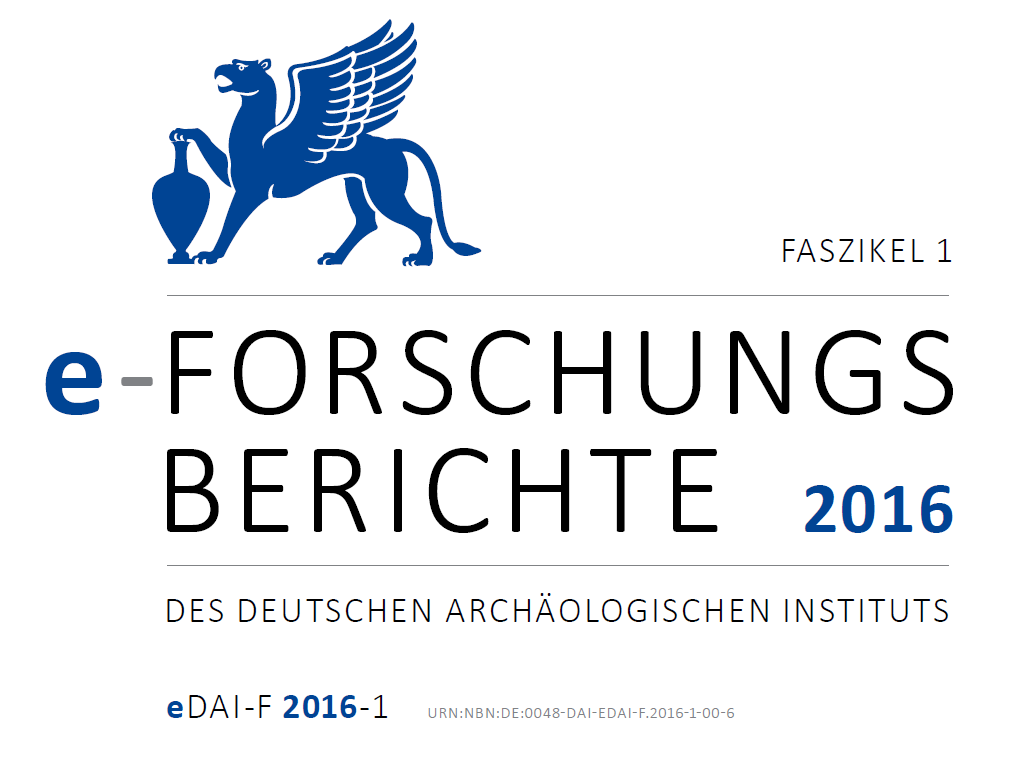Sizandro und Alcabrich el (Torres Vedras ), Portugal: Zwei kupferzeitliche Siedlungskammern im Vergleich
https://doi.org/10.34780/9auw-8u27
Περίληψη
The interdisciplinary project “Sizandro and Alcabrichel” began in 2006 to investigate and reconstruct the development of the landscape around the Copper Age fortified settlement of Zambujal (Torres Vedras, dist. Lisbon, Portugal) during the Holocene, in close cooperation with the American project “Excavations at the Burial of Bolores”. The most important results are the following:1 – Archaeological surveys conducted along the two valleys of the Sizandro and Alcabrichel rivers show that there was, throughout later prehistory, a more dense population in the Sizandro area than in the Alcabrichel. The reason is most likely that there are more fertile soils on the Jurassic bedrock of the Sizandro, and poorer and sandier soils on the Cretaceous bedrock of the Alcabrichel valley. This result has been investigated in a soils science thesis.
2 – In 1987, a former sea bay was detected in the Sizandro valley. Additional borings along cross-sections of the valley were obtained to reconstruct its former shape. Because of the low water level of the Atlantic Ocean, due to the last Ice Age, the river excavated a deep gorge.
3 – During the process of global warming since the beginning of the Holocene, this gorge was filled by seawater to create a lagoon.
4 – Pollen analysis shows that in the second part of the 6th millennium BC (Early Neolithic), dramatic deforestation began, when the first farmers needed acres of land for their crops and pastures for their domesticated animals. This is supported by finds of Neolithic pottery at a beach and a shell midden, as well from a cave site. Another student thesis designed models of the landform configuration for the Holocene to find possible locations of Neolithic settlements.
5 – As a consequence of this deforestation, a process of sedimentation began that filled the Holocene lagoon. In the 3rd millennium BC, some of this lagoon still existed, but it was not very deep. Therefore, it is not likely there existed a harbour for seagoing ships of the Copper Age fortified settlement of Zambujal, as has been suggested.
6 – For the Chalcolithic period, a new reconstruction was painted according to new interdisciplinary studies.
7 – The excavations at the burial site of Bolores brought new insights into the health, diet, ancestry, social organization, and rituals of people living in the 3rd millennium BC. Analyses of the C, N and O isotopes of bones of sheep and goats from Zambujal demonstrated a significant difference in the diet of these animals between the early and later phases of the site, which is likely due to either an anthropogenic effect on the environment or climatic change.
Λήψεις
Δημοσιευμένα
2023-05-26
Τεύχος
Ενότητα
Artikel
##plugins.pubIds.zenon.displayFrontendLabel##
Πώς να δημιουργήσετε Αναφορές
Kunst, M., Lilios, K.T., Waterman, A.J. and Artz, J.A. (2023) “Sizandro und Alcabrich el (Torres Vedras ), Portugal: Zwei kupferzeitliche Siedlungskammern im Vergleich”, e-Forschungsberichte des DAI, pp. 93–102. doi:10.34780/9auw-8u27.





